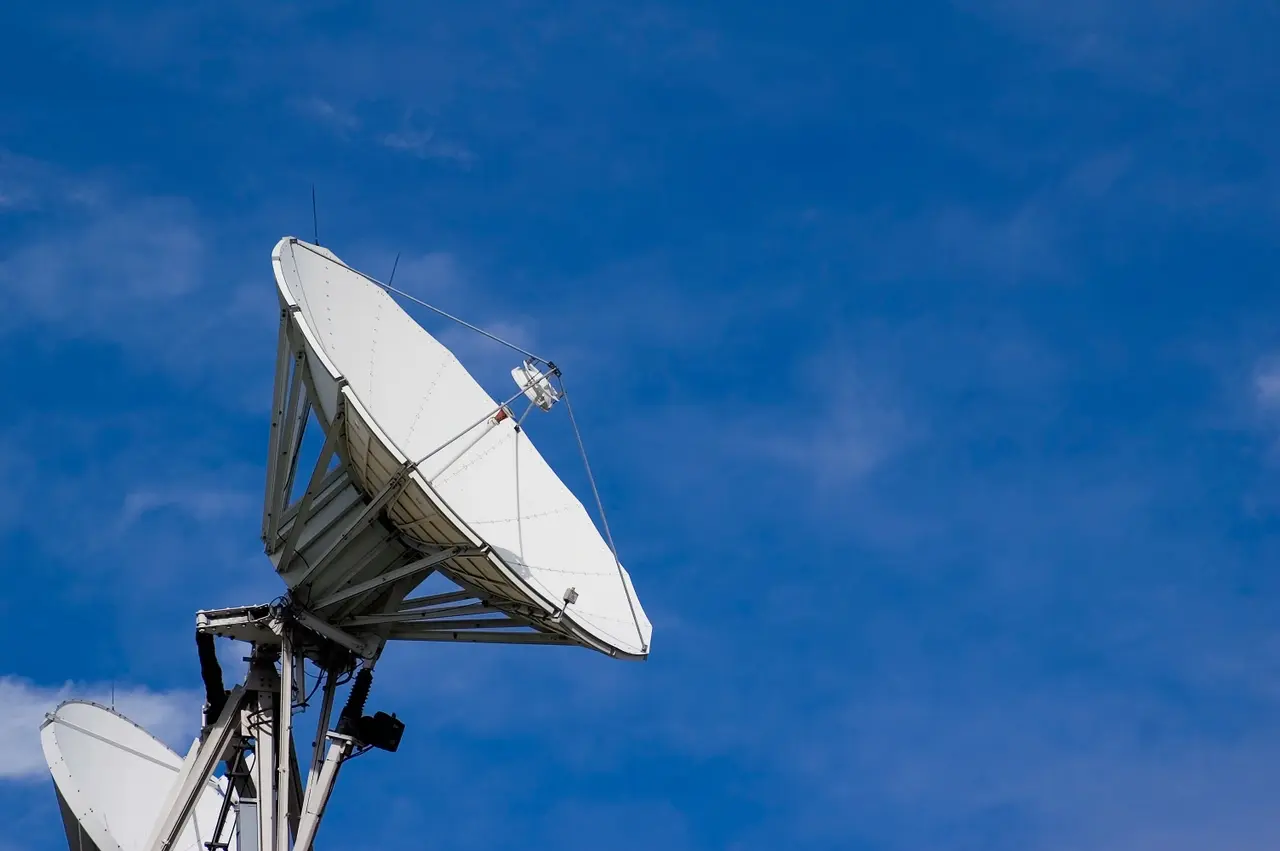The Story Behind Dish Bankruptcies: What Went Wrong?
In recent years, the term “dish bankruptcies” has become a buzzword in the telecom industry. Once a leading player, Dish Network has faced severe financial challenges, forcing the company into difficult decisions. But what led to this situation, and how has it impacted the industry as a whole? In this article, we will explore the rise and fall of Dish Network, the causes of its financial decline, and what the future may hold for the company.
Dish bankruptcies offer valuable lessons about the shifting landscape of telecommunications and serve as a cautionary tale for other businesses in the sector.
The Rise of Dish Network
Dish Network, founded in 1980 by Charlie Ergen, began as a satellite television provider. At a time when cable television dominated the market, Dish offered an affordable alternative for consumers seeking diverse entertainment options. Dish Network became synonymous with reliable service and affordable pricing, and the company grew rapidly during the 1990s and early 2000s.
Dish also diversified its offerings, expanding into broadband services and eventually acquiring wireless spectrum. By leveraging its foothold in satellite TV and expanding into related services, Dish gained a competitive edge in the evolving telecom landscape. However, with technological advancements came increasing competition. As other companies entered the scene and consumer preferences shifted, Dish’s dominance began to falter.
The Warning Signs of Financial Strain
While Dish Network once seemed untouchable, cracks in the foundation started to appear in the mid-2010s. One of the most significant warning signs was the changing nature of consumer media consumption. The rise of streaming services like Netflix, Hulu, and Amazon Prime disrupted the traditional satellite and cable TV market. People no longer relied on expensive cable packages; instead, they preferred on-demand streaming, which offered flexibility and affordability.
Despite this shift, Dish Network was slow to adapt. Its satellite TV service, while still valuable to certain demographics, couldn’t compete with the convenience and variety offered by streaming platforms. The company began to lose subscribers at a rapid pace, contributing to growing financial concerns. By 2018, Dish had lost more than 1 million subscribers, a trend that continued into the following years.
Expansion into Wireless Spectrum
In a bid to diversify its business and stave off further losses, Dish Network made a bold move: acquiring wireless spectrum. The company spent billions of dollars purchasing spectrum licenses, intending to enter the highly competitive wireless market. This move was part of a broader strategy to become a significant player in 5G wireless services.
The acquisition of spectrum seemed like a promising opportunity at the time. The U.S. government encouraged the growth of 5G technology, and Dish positioned itself as a potential disruptor in the market. However, the financial burden of purchasing spectrum added to the company’s already mounting debt. The 5G rollout was slower and more costly than anticipated, leading to further financial strain on Dish’s balance sheet.
The Impact of Dish Bankruptcies
As the company’s financial situation worsened, dish bankruptcies became a serious concern. In 2023, rumors began circulating that Dish Network could potentially file for bankruptcy due to its overwhelming debt and declining revenues. The potential bankruptcy of a major player like Dish would have far-reaching implications for the telecommunications industry.
- Impact on Employees: A bankruptcy filing could lead to widespread job cuts and layoffs. Dish employs thousands of workers across the U.S., and a bankruptcy could leave many without employment, adding to the economic challenges already facing the country.
- Effect on Customers: Dish Network still maintains a significant subscriber base. While declining, its satellite TV service remains popular in rural areas where streaming services may not be as reliable. A bankruptcy could lead to disruptions in service, causing frustration among customers.
- Influence on Competitors: The potential collapse of Dish could benefit competitors like AT&T, Verizon, and T-Mobile. These companies would likely swoop in to capture Dish’s customer base and expand their reach in the wireless and broadband markets. However, it would also reduce competition, potentially leading to higher prices for consumers.
- Economic Ripple Effects: Dish Network’s bankruptcy could send shockwaves through the broader economy, especially in sectors reliant on telecommunications infrastructure. Vendors, contractors, and small businesses associated with Dish could also face financial fallout.
Why Dish Bankruptcies Are Happening
Several factors contributed to Dish Network’s financial struggles, leading to concerns about potential bankruptcies.
- Increased Competition: Dish Network faced growing competition from not just traditional cable providers but also from tech giants like Amazon and Google, which entered the media and telecommunications space. These new entrants offered services that were often more affordable and accessible, making it difficult for Dish to maintain its customer base.
- Slow Adaptation to Streaming: While many companies in the telecom sector quickly adapted to the rise of streaming services, Dish lagged behind. Its primary revenue source—satellite TV—was in decline, yet the company didn’t pivot quickly enough to digital or on-demand services.
- Debt Accumulation: The acquisition of wireless spectrum licenses, while strategic, came at a high cost. Dish Network’s debt ballooned as it attempted to enter the 5G space. Although the company had a vision for a new business model, it was unable to execute its strategy fast enough to generate significant returns before the debt became overwhelming.
- High Operating Costs: Running a satellite television network is expensive. The costs of maintaining satellites, infrastructure, and customer service are much higher than those for purely digital services like streaming platforms. Dish’s high operational costs made it less competitive in a market that increasingly favored leaner, more flexible business models.
- Technological Lag: As 5G technology began to emerge, Dish struggled to keep up with the advancements. While the company made efforts to move into the wireless space, its competitors were already established, and Dish faced a steep learning curve and financial investment to catch up.
Potential Solutions for Dish Network
Despite the dire situation, all hope is not lost for Dish Network. There are several potential solutions that the company could pursue to avoid bankruptcy or mitigate its impact:
- Strategic Partnerships: One possible solution is for Dish to form partnerships with other telecom or tech companies. This could include collaborations in content creation, streaming services, or 5G infrastructure. By teaming up with a more financially stable company, Dish could share the costs of 5G development and offer new, competitive services.
- Focus on Rural Markets: While Dish may be losing urban customers to streaming services, there remains a large, underserved rural market that relies on satellite TV. By focusing on these customers and offering them tailored services, Dish could stabilize its revenue streams.
- Cost-Cutting Measures: To reduce its operational expenses, Dish may need to scale back its satellite TV infrastructure or move more aggressively into cloud-based services. By adopting a more cost-efficient model, the company could conserve cash and delay or prevent a bankruptcy filing.
- Divestiture of Assets: Another potential solution is for Dish to sell off certain assets to pay down debt. For example, it could sell some of its wireless spectrum licenses to competitors or other companies looking to expand their 5G offerings.
The Role of the Government
The potential dish bankruptcies have also caught the attention of the U.S. government. Given that Dish Network holds valuable wireless spectrum licenses and is involved in the 5G rollout, government regulators may intervene to prevent the company from collapsing entirely.
The Federal Communications Commission (FCC) and other regulatory bodies could play a role in facilitating a merger or acquisition that keeps Dish’s assets in operation. The government has a vested interest in ensuring that the 5G network expands efficiently, and Dish’s role in that expansion could give it leverage to negotiate more favorable terms with creditors.
Future Outlook for Dish Network
The future of Dish Network remains uncertain, but the company’s potential bankruptcy is a critical moment in its history. Whether or not it files for bankruptcy, the company will need to undergo significant changes to survive in the competitive telecommunications market.
Dish bankruptcies highlight the risks of failing to adapt to technological change. As the market continues to evolve, other companies in the telecom space can learn valuable lessons from Dish’s experience.
Moving forward, Dish Network could either reinvent itself as a leaner, more agile player in the 5G space or fade away as other competitors take its place. The coming years will be crucial in determining whether Dish can rise from its financial struggles or become another casualty of the digital revolution.
Conclusion
Dish Network’s potential bankruptcy serves as a sobering reminder of the fast-paced changes in the telecom and media industries. As technology advances, companies must continuously innovate to stay competitive. Dish bankruptcies are a reflection of the challenges that arise when a company is slow to adapt to new market conditions, yet they also offer hope for recovery through strategic changes.
Dish Network still holds valuable assets, and with the right strategies, it could recover from its financial difficulties. Whether it focuses on its core satellite business or shifts fully into the 5G market, the next chapter in Dish’s story is yet to be written. For now, industry players and customers alike will be watching closely to see how the company navigates these turbulent times.






